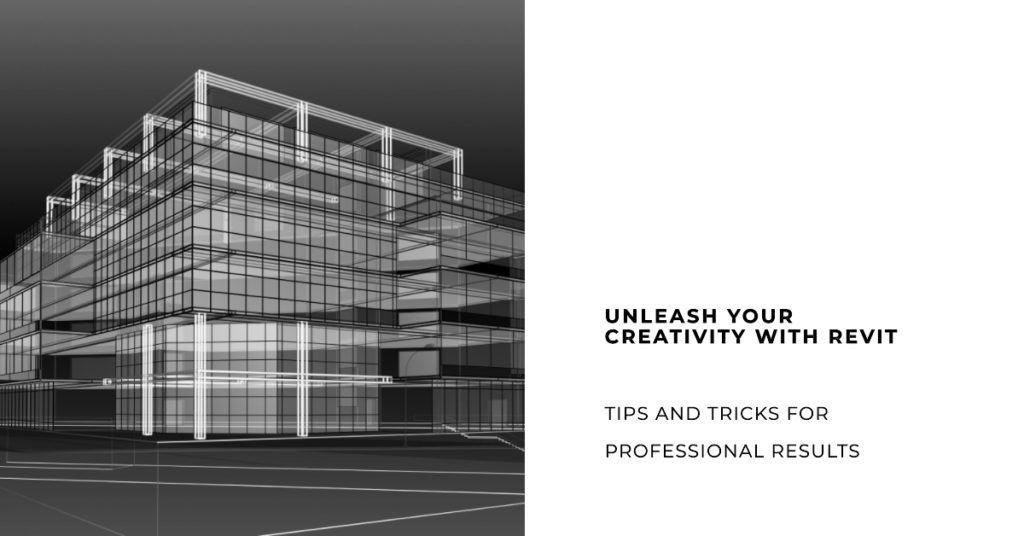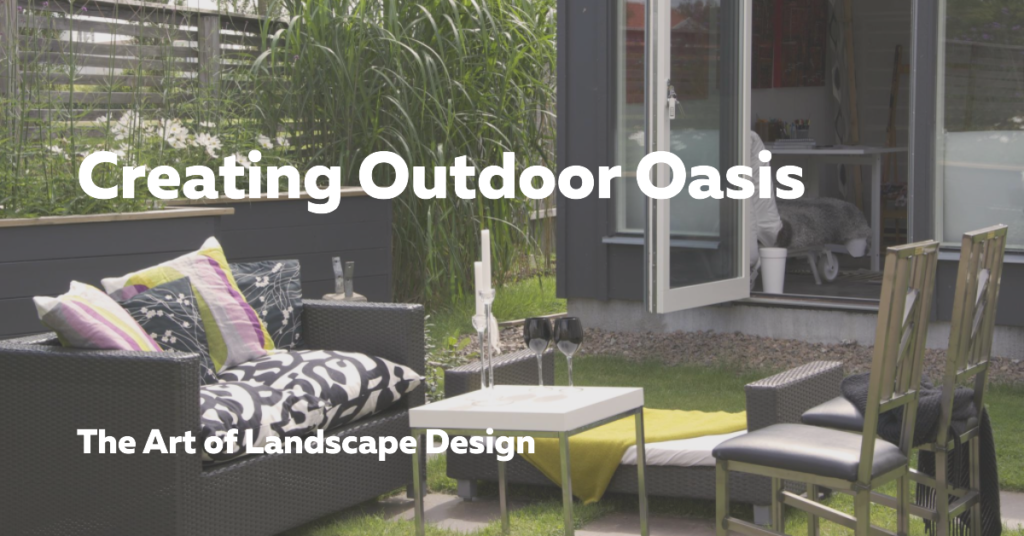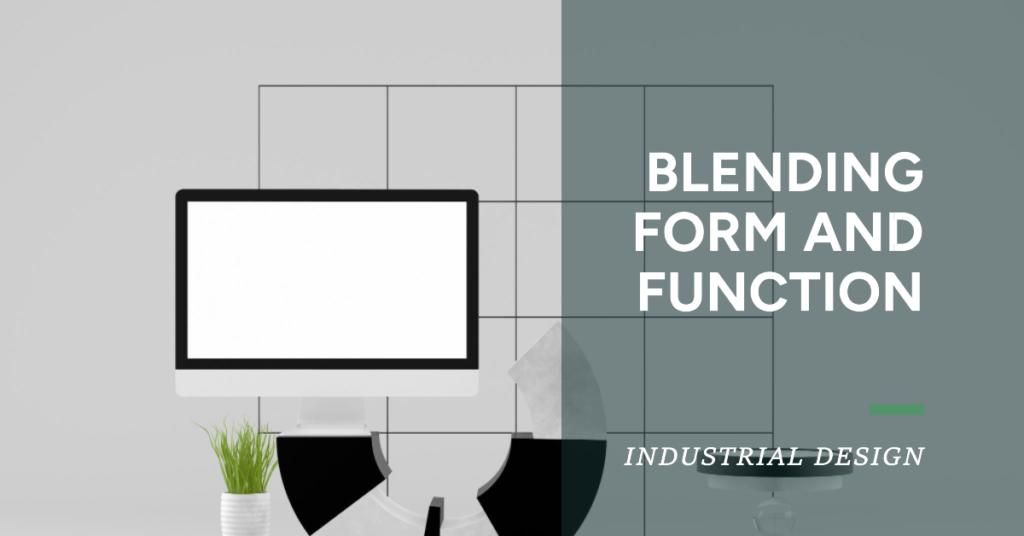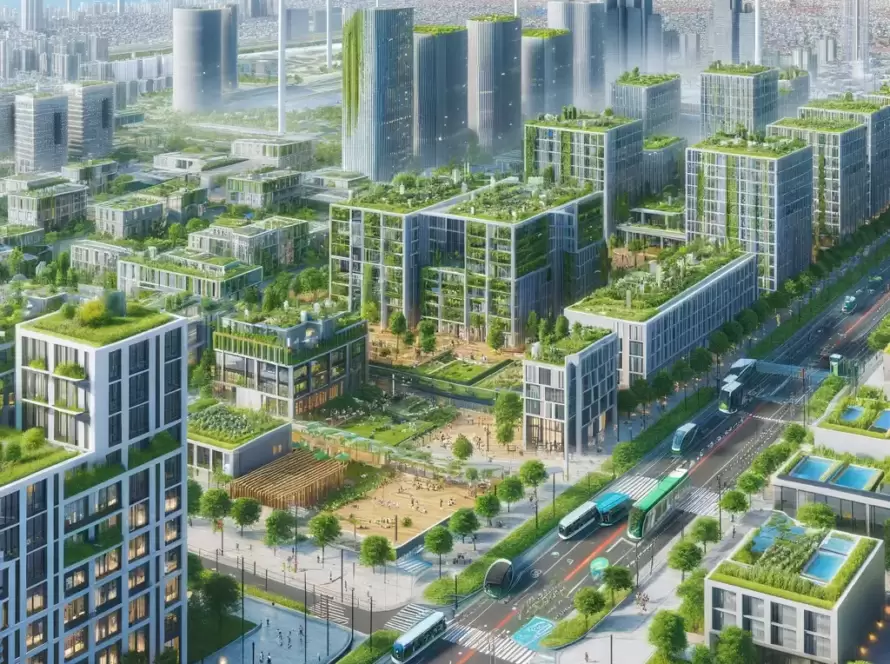
Table of Contents
Introduction to Revit Software:
In the realm of architectural design and engineering, creativity serves as the cornerstone of innovation. Embracing digital tools like Revit software not only streamlines the design process but also offers boundless opportunities for unleashing creativity. Whether you’re an experienced architect or a novice designer, harnessing the full potential of Revit can elevate your projects to new heights. This blog post delves into the tips and tricks that can help you unleash your creativity with Revit software, empowering you to bring your design visions to life with precision and flair.
Understanding the Basics:
Before delving into advanced techniques, it’s essential to have a solid understanding of the basics of Revit software. Familiarize yourself with the user interface, navigation tools, and fundamental commands to navigate seamlessly within the platform. By mastering the basics, you lay a strong foundation upon which to build your creative endeavors. Take advantage of tutorials, online courses, and hands-on practice to enhance your proficiency and confidence in using Revit effectively.
Exploring Design Options:
One of the key advantages of Revit software is its versatility in exploring various design options. Utilize features such as parametric modeling and conceptual massing to generate multiple iterations of your design concept swiftly. Experiment with different forms, materials, and spatial arrangements to push the boundaries of conventional design. By embracing a mindset of exploration and iteration, you can uncover innovative solutions that may have otherwise remained undiscovered.


Integrating BIM Workflow:
Building Information Modeling (BIM) lies at the heart of Revit software, enabling seamless collaboration and integration throughout the design process. Embrace the BIM workflow by leveraging the interconnected nature of Revit’s components. From conceptual design to construction documentation, maintain consistency and accuracy across all phases of the project. By adopting a holistic approach to BIM, you not only enhance productivity but also foster a collaborative environment conducive to creativity and innovation.
Harnessing Parametric Design:
Parametric design empowers designers to create dynamic and responsive architectural forms within Revit software. By establishing relationships between parameters and elements, you can generate designs that adapt to various constraints and requirements. Explore the capabilities of parametric families and adaptive components to create complex geometries and intricate patterns with ease. Through iterative refinement and experimentation, unleash the full potential of parametric design to infuse your projects with creativity and sophistication.
Optimizing Visualization Tools:
Visualization plays a crucial role in conveying design intent and capturing stakeholders’ imagination. Maximize the visual impact of your designs by leveraging Revit’s powerful rendering and visualization tools. Experiment with lighting, materials, and camera angles to create compelling visualizations that resonate with your audience. Whether producing photorealistic renderings or immersive virtual reality experiences, strive for visual excellence to elevate your design presentations to the next level.
Embracing Sustainable Design:
In today’s architectural landscape, sustainability is paramount. Revit software provides robust tools for integrating sustainable design principles into your projects seamlessly. Explore energy analysis features to evaluate the environmental performance of your designs and optimize building efficiency. Incorporate green building strategies such as daylighting, passive heating, and renewable energy systems to minimize environmental impact and enhance occupant comfort. By embracing sustainable design practices within Revit, you can not only reduce carbon footprint but also foster a more resilient and sustainable built environment.
Streamlining Documentation Workflow:
Efficient documentation is essential for translating design concepts into actionable plans and specifications. Leverage Revit’s documentation tools to streamline the creation of construction documents and detailing. Utilize parametric annotations and schedules to automate repetitive tasks and ensure accuracy throughout the documentation process. By harnessing the power of Revit for documentation, you can save time, minimize errors, and maintain consistency across all project deliverables.
Exploring Advanced Techniques:
As you become more proficient with Revit software, explore advanced techniques to further enhance your design capabilities. Delve into topics such as complex geometry modeling, advanced rendering, and computational design workflows. Experiment with third-party plugins and scripts to extend Revit’s functionality and unlock new possibilities. By continuously expanding your skillset and pushing the boundaries of Revit’s capabilities, you can stay at the forefront of architectural innovation and unleash your full creative potential.
Fostering a Culture of Creativity:
Beyond mastering technical skills, fostering a culture of creativity within your design team is essential for unleashing innovation. Encourage open communication, collaboration, and idea sharing to cultivate a supportive and dynamic work environment. Embrace diversity of thought and celebrate experimentation, recognizing that failure is often a precursor to breakthroughs. By nurturing a culture that values creativity and embraces change, you can inspire your team to push the boundaries of what’s possible and leave a lasting impact on the built environment.
Conclusion:
In the ever-evolving landscape of architectural design, Revit software serves as a catalyst for creativity and innovation. By mastering its tools and techniques, designers can unleash their full creative potential and bring their design visions to life with precision and flair. From exploring design options to embracing sustainable practices, Revit offers a myriad of opportunities for pushing the boundaries of conventional design. By embracing a culture of creativity and continuous learning, designers can chart new territories and shape the future of architecture in profound and meaningful ways.


